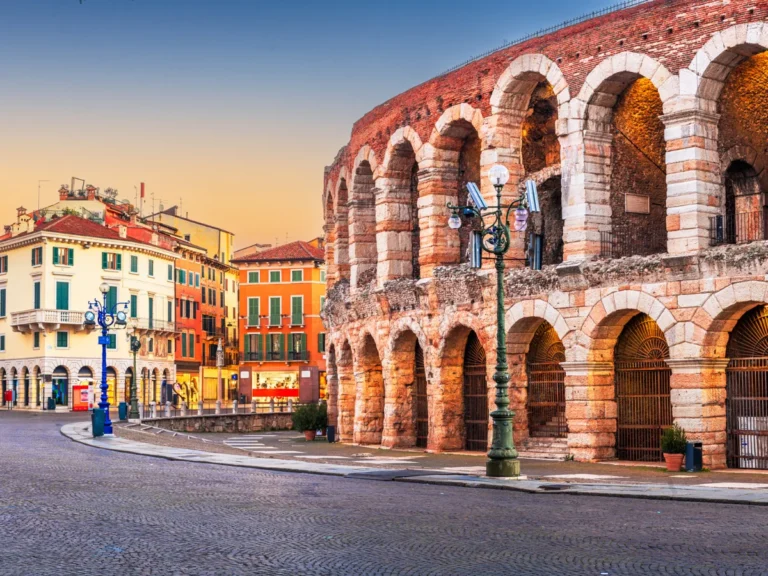Roman military strategies
Roman military strategies encompassed formations, tactics, training, camps, and logistics. Versatility and discipline characterized their approach. Formations like the “testudo” provided protection, while tactics like “double envelopment” ensured victory. Rigorous training cultivated cohesion and proficiency. Military camps served as strategic bases, fortified and organized. Logistics sustained campaigns through efficient supply chains. The Roman legacy endures, influencing warfare for centuries. In summary, their multifaceted strategies were integral to conquering vast territories and shaping history.

Roman military strategies
Formations for Victory
Roman legions employed formations like the famous “testudo” or tortoise, providing protection against projectiles. The “maniple” formation allowed flexibility and maneuverability in battle, adapting to different terrains and enemy tactics.
Tactics for Triumph
Tactical versatility was a hallmark of Roman warfare. They utilized strategies such as the “double envelopment” to encircle and overwhelm enemy forces, while “decimation” instilled discipline through punishment.
Training for Superiority
Roman soldiers underwent rigorous training, focusing on discipline, weaponry proficiency, and physical endurance. This training instilled confidence and cohesion among troops, essential for executing complex maneuvers on the battlefield.
Camps: Bases of Operations
Roman military camps served as strategic bases, providing shelter, organization, and defense during campaigns. These camps were meticulously planned and fortified, showcasing Roman engineering prowess and discipline.
Logistics: Supplying Success
Logistics were crucial for sustaining Roman military campaigns. Efficient supply chains, supported by road networks and strategic depots, ensured troops were adequately provisioned even in remote regions.
Legacy of Conquest
The Roman military’s strategic brilliance left a lasting legacy. Their innovative formations, tactics, training methods, camps, and logistics systems influenced military strategies for centuries to come.
Conclusion: Conquering Through Strategy
Roman military strategies were multifaceted, incorporating formations, tactics, training, camps, and logistics to achieve victory. Their ability to adapt to diverse challenges and maintain logistical support enabled the empire to conquer vast territories and shape the course of history.



